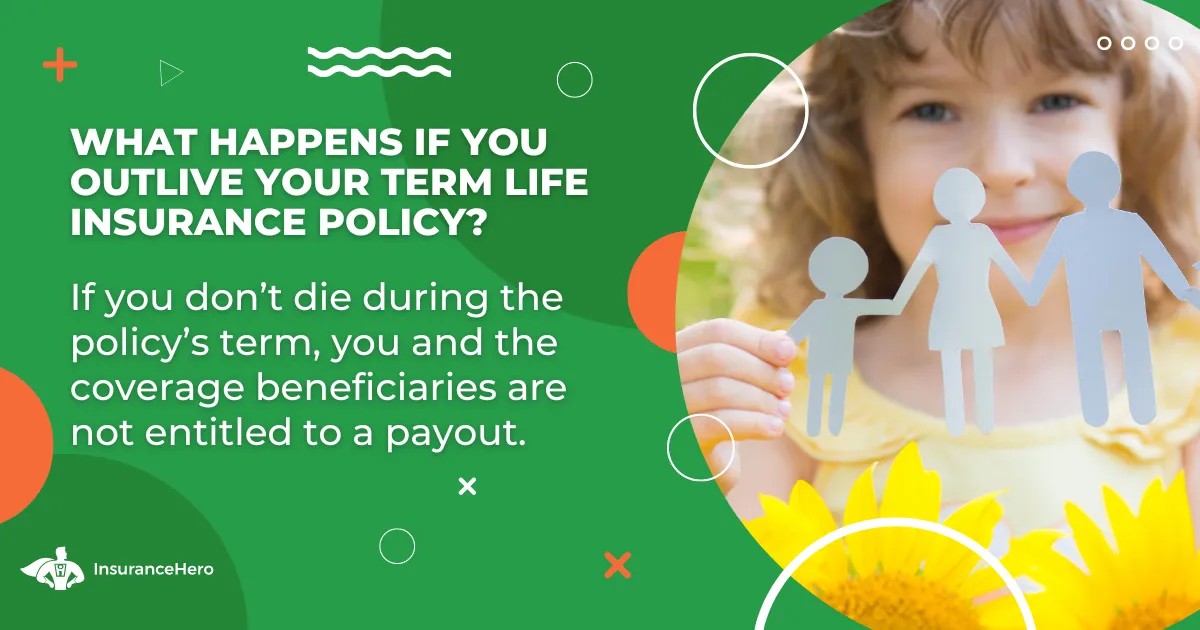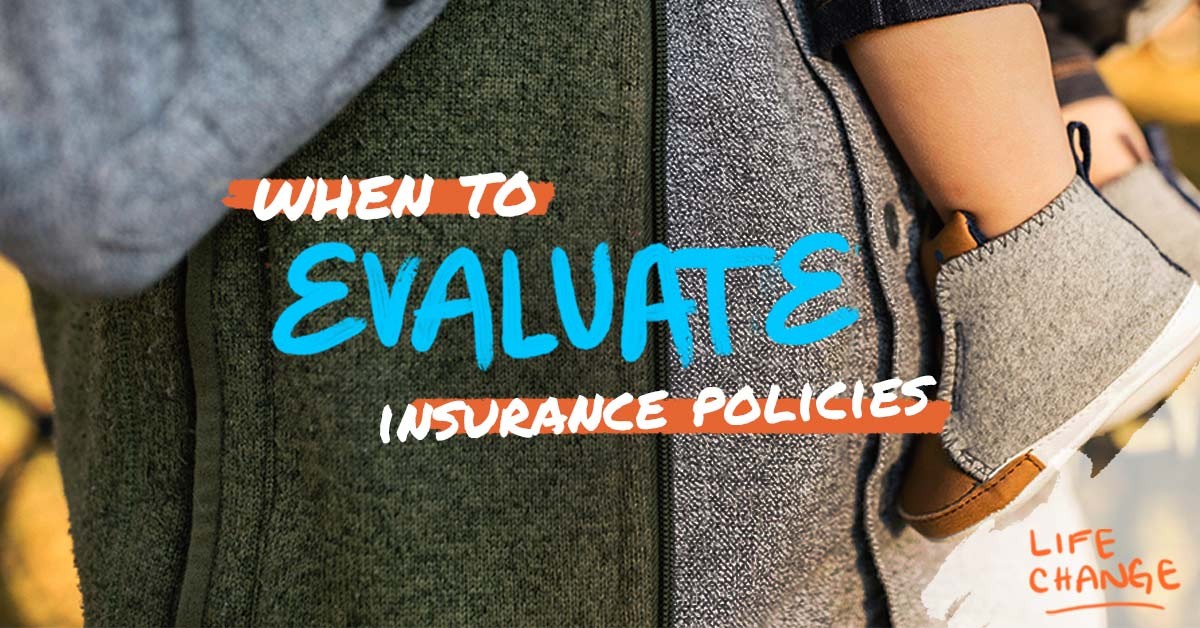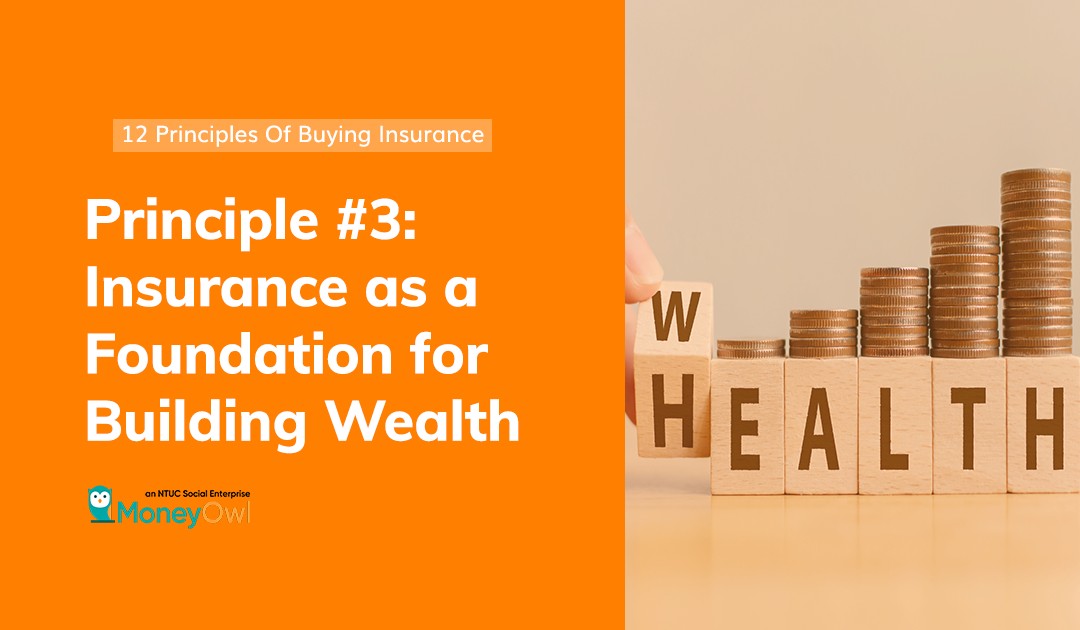The Top 5 Insurance Myths and Facts You Should Know
Insurance stands as a cornerstone of sound financial planning, a tool designed to shield us from life’s most challenging and unpredictable moments. Yet, for all its importance, the world of insurance is often clouded by persistent myths and deeply ingrained misconceptions. These misunderstandings, passed down through casual conversations and anecdotal evidence, can lead individuals and families to make choices based on flawed assumptions, often resulting in significant and unforeseen coverage gaps. To build a truly resilient financial future, it is essential to move past these myths and operate from a place of clarity. By examining the facts behind some of the most common insurance beliefs, particularly within the Singaporean context, we can make empowered decisions that genuinely protect our well-being.
One of the most pervasive myths is that of youthful invincibility, particularly when it comes to health. Many young professionals believe that because they are healthy and active, the basic coverage provided by the national MediShield Life scheme is more than sufficient. The fact, however, is that while MediShield Life provides a crucial and universal safety net, its coverage is pegged to subsidized care in public hospitals. It is the private Integrated Shield Plan (IP) that offers the choice of higher-class wards, private hospital care, and generally higher claim limits that can cover the entirety of a large medical bill. The most strategic time to secure an IP is precisely when you are young and healthy. This not only locks in the most affordable premiums for life but also ensures you are covered before any pre-existing conditions develop that could complicate future applications.
This misconception about cost often extends to life insurance as well. Many people, especially those without children or a spouse, dismiss life insurance as a prohibitively expensive product they do not need. This belief usually stems from thinking only of whole life policies, which do have higher premiums due to their savings component. The fact is that term life insurance, which provides pure protection for a specific period, can offer a very large amount of coverage for a surprisingly affordable premium. Furthermore, the purpose of such a policy is not solely to provide for dependents. A critical illness rider attached to a life insurance plan provides a lump-sum cash payout directly to you if you are diagnosed with a major illness, offering a financial cushion that protects your own savings and independence during a difficult time.
Moving from personal to property risks, a classic myth among many condominium owners in Singapore is the belief that the fire insurance policy managed by their Management Corporation Strata Title (MCST) provides all the coverage they need for their home. The critical fact here is that the MCST’s master policy is designed to protect the building’s structure and common areas—the literal bricks and mortar. It offers no protection for the contents and renovations inside your unit. The thousands of dollars you invested in custom cabinetry, flooring, appliances, and furniture are completely exposed. Furthermore, it does not cover your personal liability. If a guest is injured inside your apartment due to a fault with your property, you would be personally liable. A separate home insurance policy is the only way to safeguard your interior investments and protect yourself from such liability claims.
Delving deeper into health coverage, a more nuanced but vital misunderstanding is the confusion between a health insurance plan and a critical illness plan. Many policyholders assume that their comprehensive IP makes a separate critical illness policy redundant. The fact is that these two policies serve fundamentally different purposes. An IP is a reimbursement-based policy; its job is to pay the hospital and medical providers for the bills incurred during treatment. A critical illness plan, by contrast, pays a large, one-time lump sum of cash directly to you upon diagnosis of a covered condition. This money is unrestricted. It can be used to replace your income while you take time off work to recover, pay for alternative treatments, hire domestic help, or simply provide the financial freedom to focus on your health without worrying about your mortgage. They are complementary tools, not interchangeable ones.
Finally, perhaps the most deep-seated myth is the fear that insurers are adversarial by nature and will always look for a reason to deny a claim. While it is true that insurers are businesses, the industry in Singapore is heavily regulated by the Monetary Authority of Singapore to ensure fair practices. The fact is that the vast majority of claim disputes arise from two preventable issues: non-disclosure of a material health condition during the application process, or a claim being made for something that is clearly stated as an exclusion in the policy contract. Honesty and transparency at the outset, combined with a clear understanding of your policy’s terms, are the most effective ways to ensure a smooth and successful claims process when you need it most. By replacing these common myths with facts, you can construct an insurance portfolio that is not based on fear or assumption, but on a clear-eyed strategy for lasting financial security.





